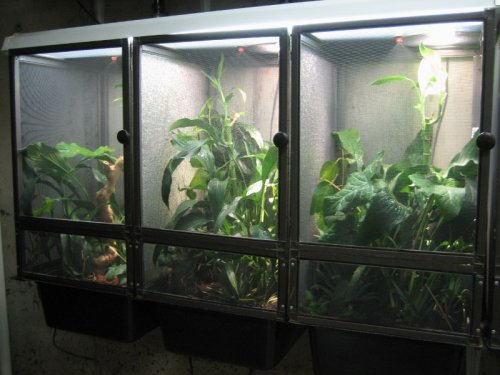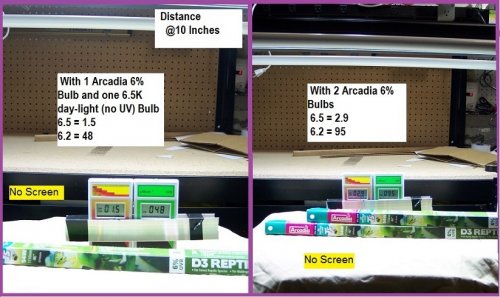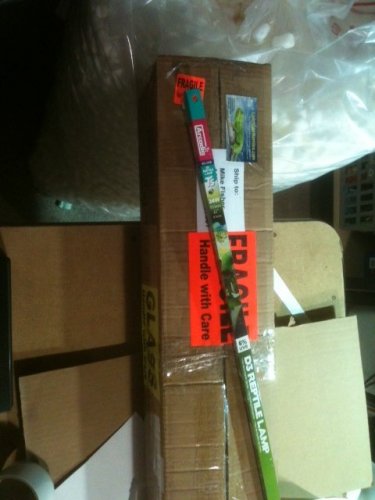Mike Fisher
Established Member
I am undertaking a comparative lighting study. I will publish my observations and results here. The goal is to determine from an "old school" breeders perspective if the newest advancements in lighting will provide an observable response in chameleon health, both in adult breeder animals and hatch rates and vigor of offspring. Obviously it is intended be a long term study.
I have an offer from one vendor to provide equipment and lighting, but I'd like to open this up to any lighting vendor who wants to participate. Please PM me if you are a vendor that wants to opt in.
I am completely unbiased. I have never used any manufacturers UVB bulbs, instead I have been providing my chameleons with dietary D3 as their sole source of vitamin D. I will cover in detail the lighting I have been using and the dosing I have been using, as well as methodology I intend to use to adjust the dietary D3 for the new UVB bulbs.
If I only get one vendor interested, it will be a comparative study between their system and what I have used successfully since the 90's.
Identical enclosures will be set up and comparison photos will be taken, along with my observational comments. I'll update the thread as needed, and questions are welcomed.
I have an offer from one vendor to provide equipment and lighting, but I'd like to open this up to any lighting vendor who wants to participate. Please PM me if you are a vendor that wants to opt in.
I am completely unbiased. I have never used any manufacturers UVB bulbs, instead I have been providing my chameleons with dietary D3 as their sole source of vitamin D. I will cover in detail the lighting I have been using and the dosing I have been using, as well as methodology I intend to use to adjust the dietary D3 for the new UVB bulbs.
If I only get one vendor interested, it will be a comparative study between their system and what I have used successfully since the 90's.
Identical enclosures will be set up and comparison photos will be taken, along with my observational comments. I'll update the thread as needed, and questions are welcomed.











